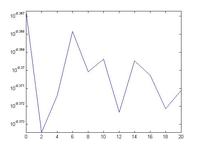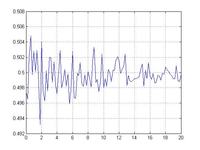shlomyss
Junior Member level 2
Hey all
Does anyone knows how to model a Digital modulation suppose QPSK or 16QAM with multipath propagation?
I need to create this kind of communication system, and plot it's BER.
and then I need to simulate the same system with higher Bit Rate and to see how the BER changes.
Does anyone knows how to model a Digital modulation suppose QPSK or 16QAM with multipath propagation?
I need to create this kind of communication system, and plot it's BER.
and then I need to simulate the same system with higher Bit Rate and to see how the BER changes.

